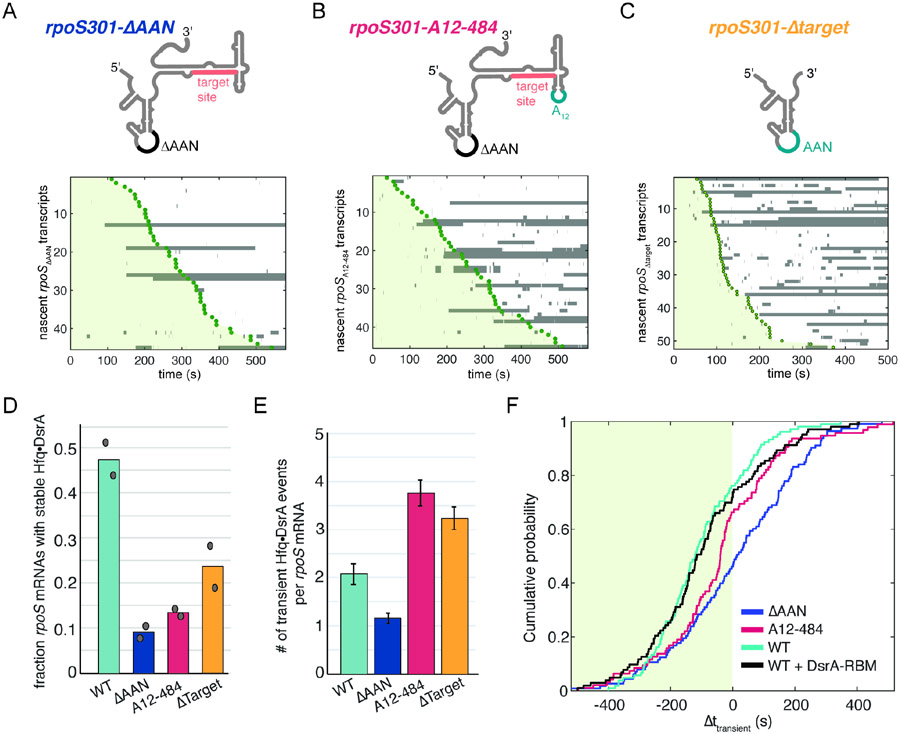Fig. 5. Upstream Hfq recruitment is required for co-transcriptional Hfq•DsrA targeting.
(A-C) Hfq•DsrA binding to variants of rpoS301 mRNA as cartooned (top). (A) deletion of upstream (AAN)4 Hfq binding site; (B) insertion of (AAA)4 Hfq binding site in downstream loop23; (C) truncation at nt 441 before the DsrA target. The stable interactions with rpoSΔtarget may represent residual base pairing between DsrA and a downstream extension (see Table S3).
D) Fraction of rpoS transcripts in (A-C) with stable (t > 100 s) Hfq•DsrA targeting. Symbols represent values from two experiments.
E) Number of unstable (t < 50 s) Hfq•DsrA binding events per mRNA on rpoS301 variants. Bars represent mean and s.d.; Nmol (WT) = 182, Nmol (ΔAAN) = 207, Nmol (A12-484) = 120, Nmol (ΔTarget) = 156.
F). Cumulative probability of association times, illustrating the onset of Hfq•DsrA transient binding relative to rpoS301 transcription as indicated by PIFE (Δttransient). Data shown for rpoS301 variants in A-C targeted by WT DsrA, and WT rpoS301 with DsrA-RBM that is not complementary to rpoS301.21 See also Fig. S5.

